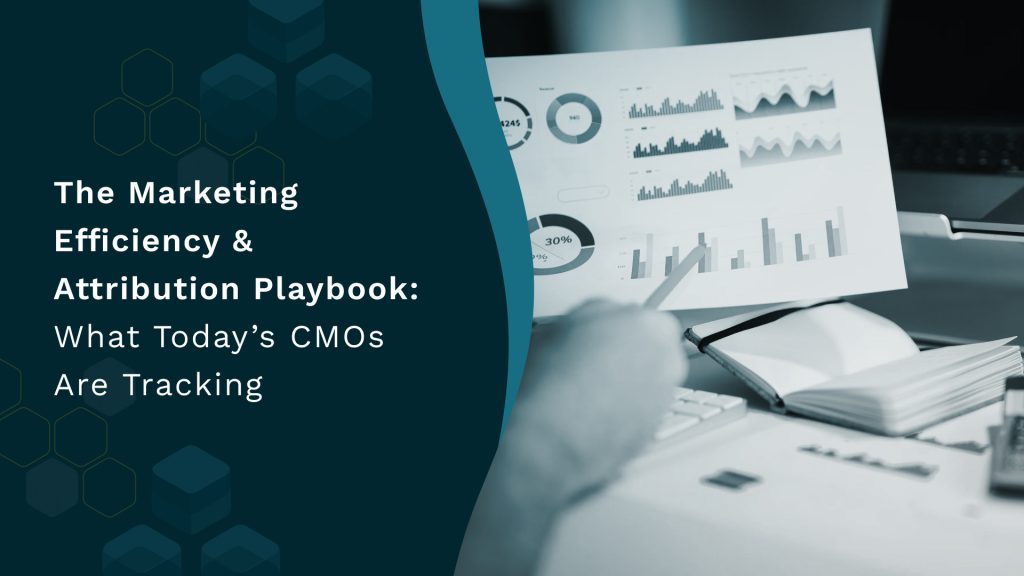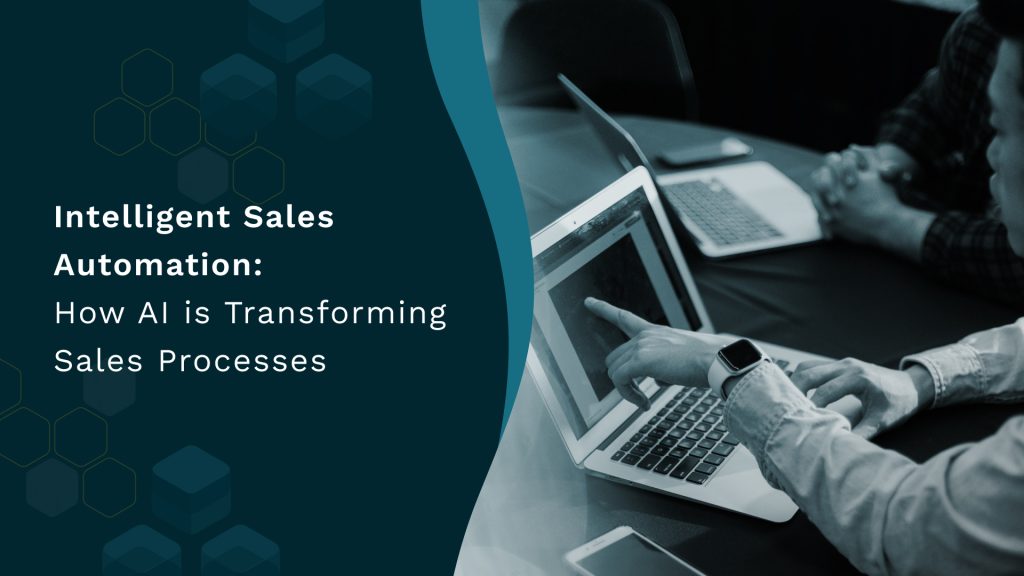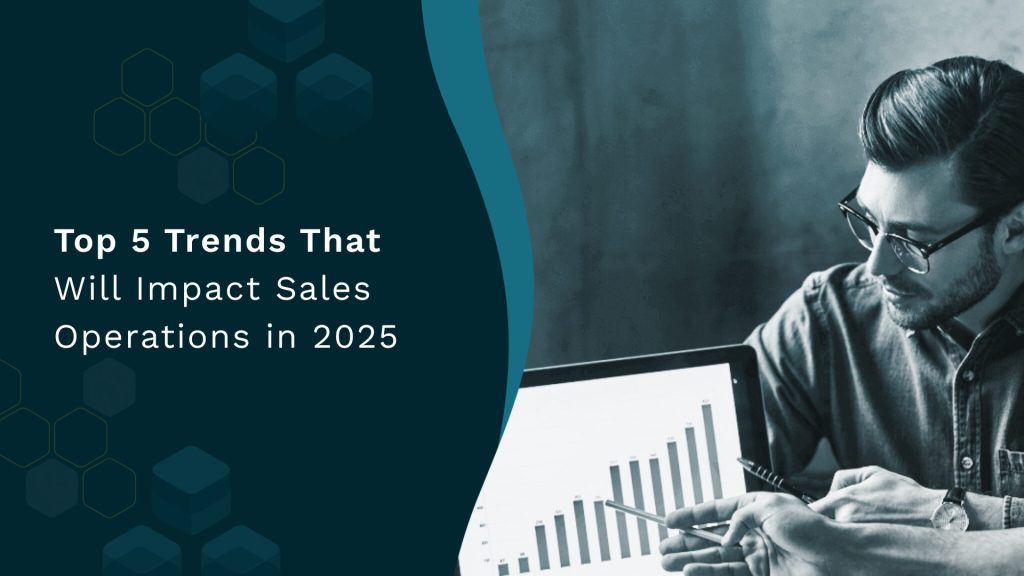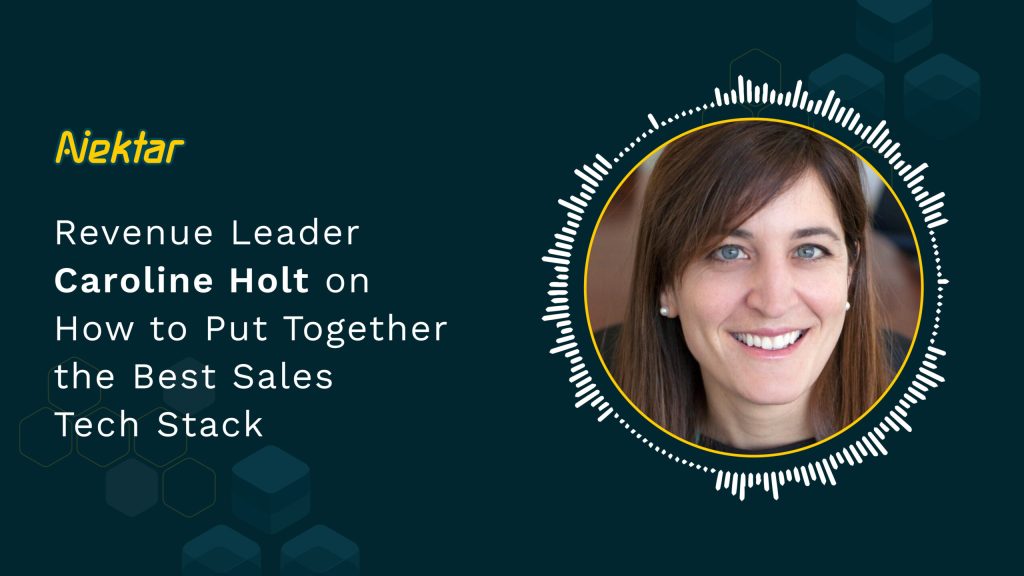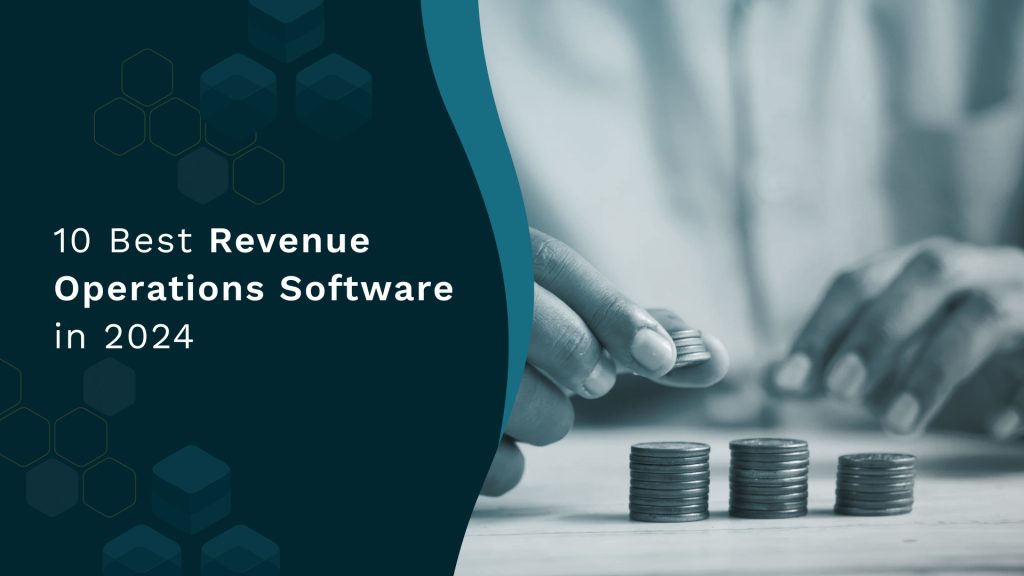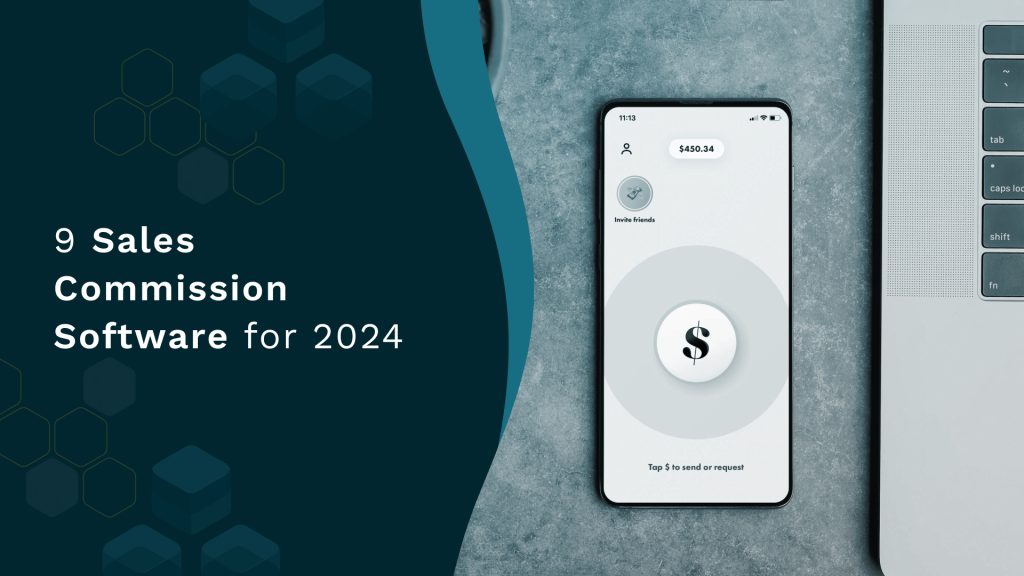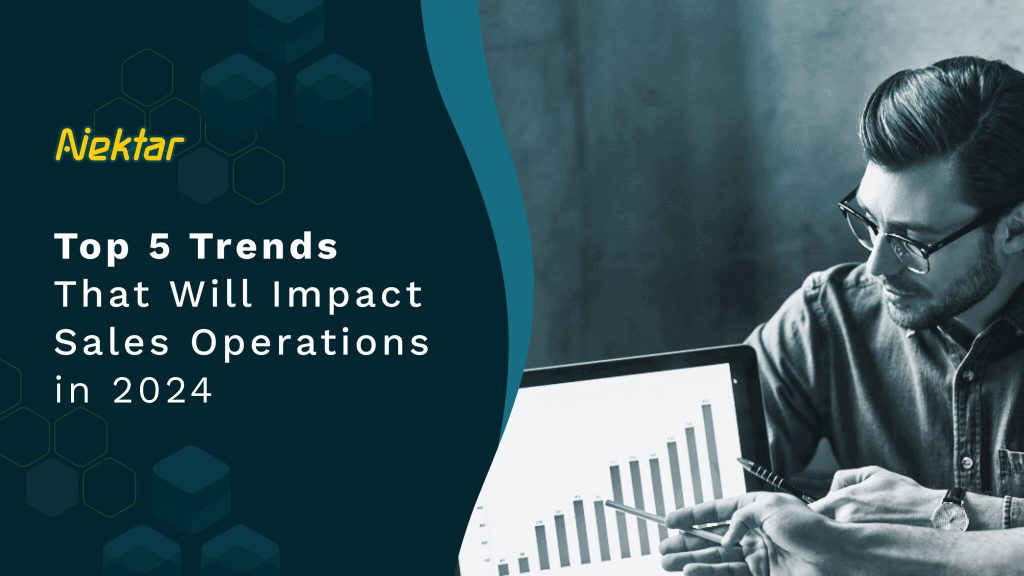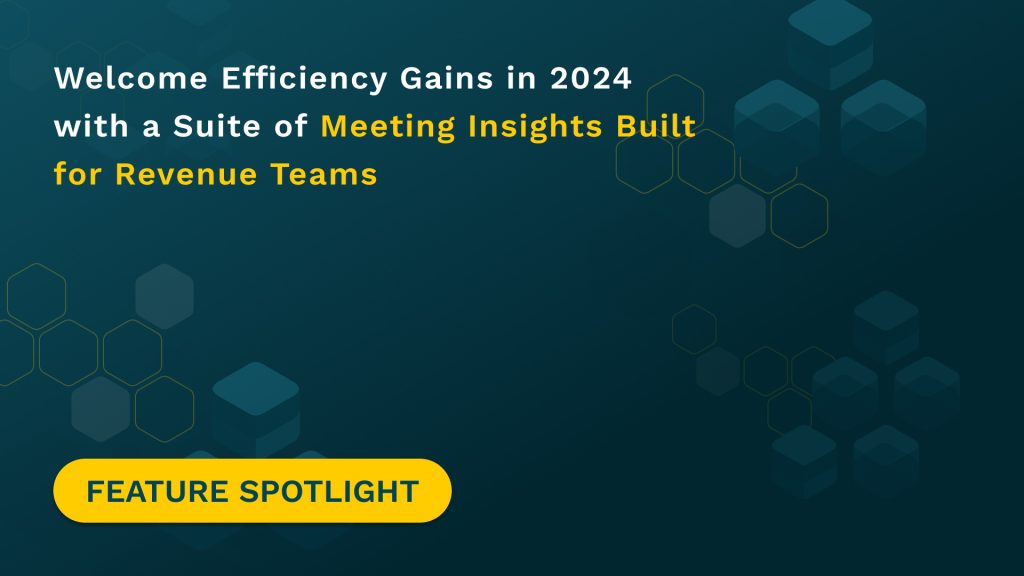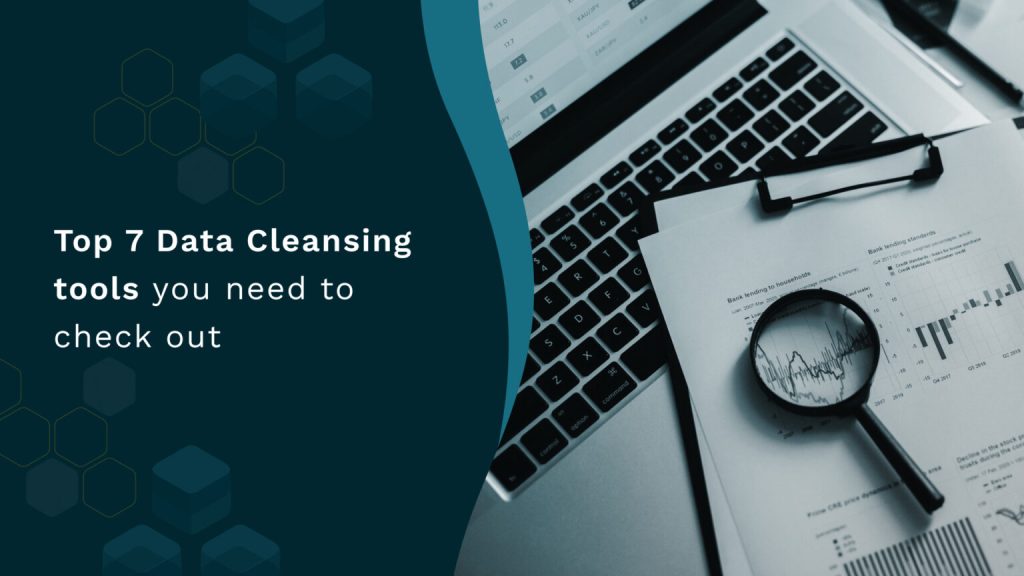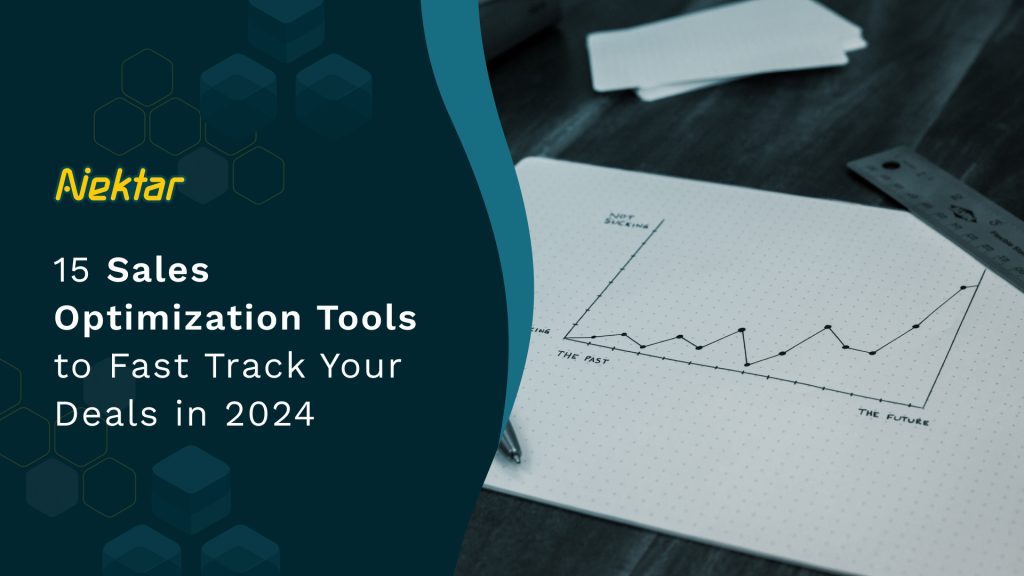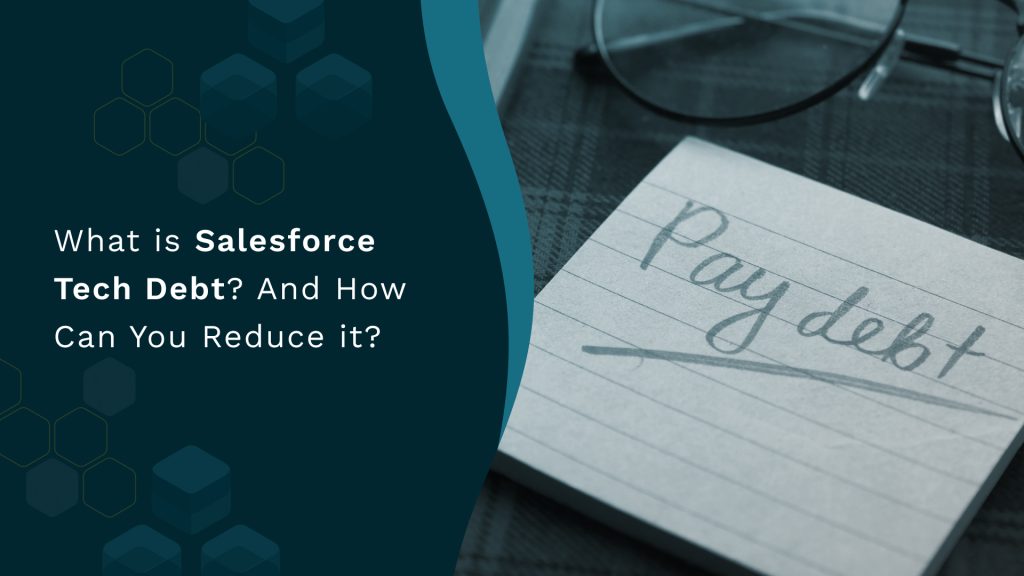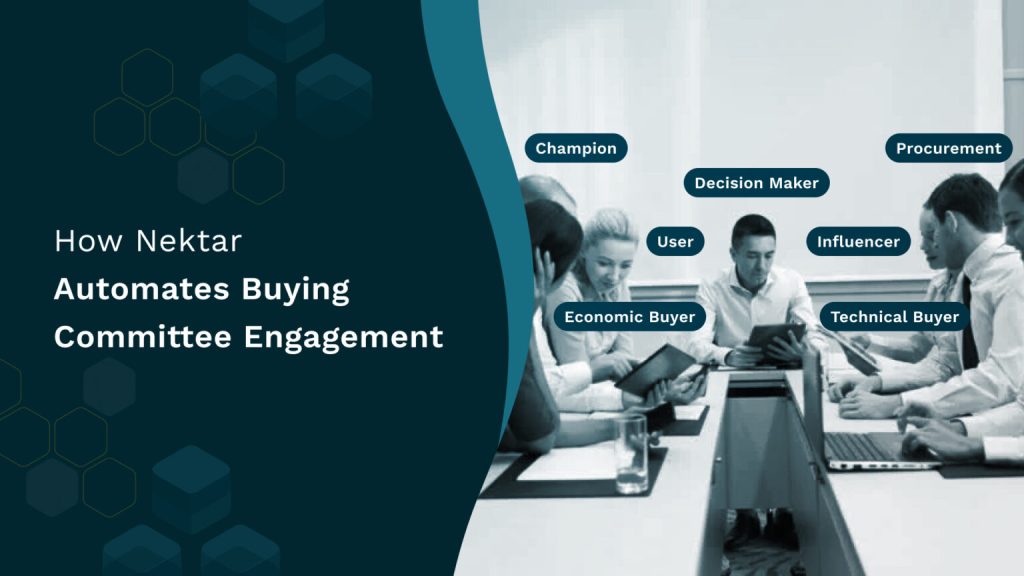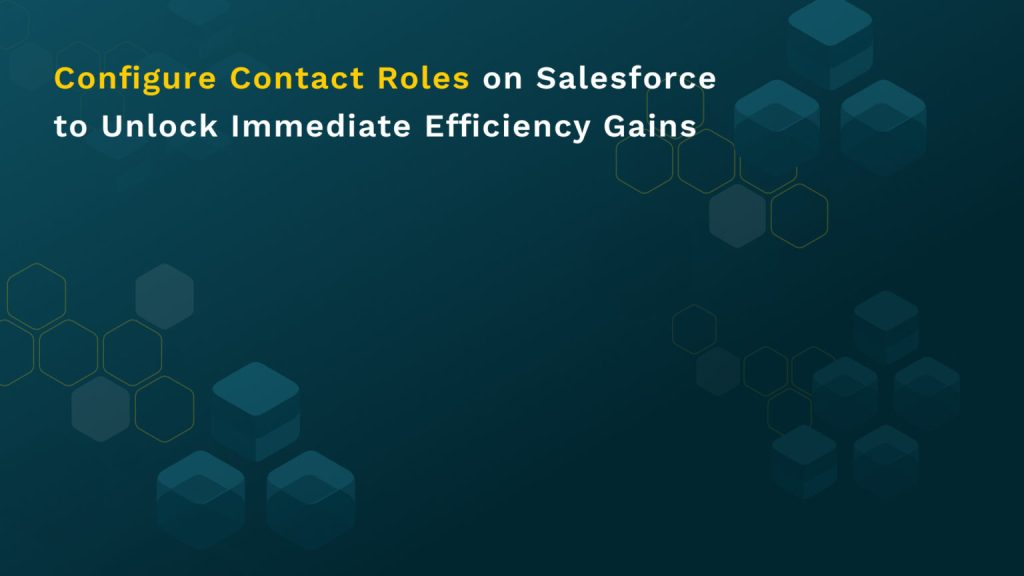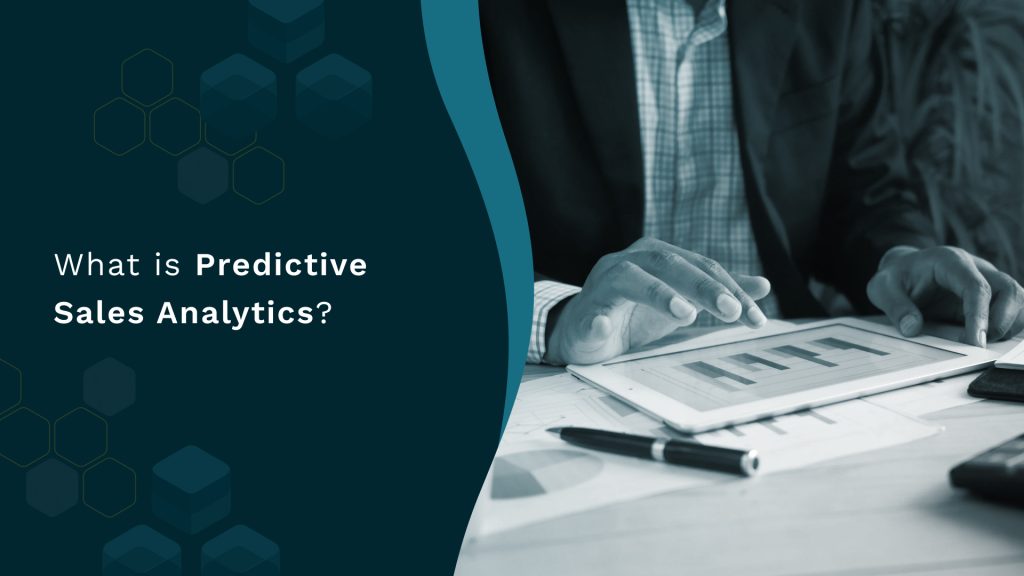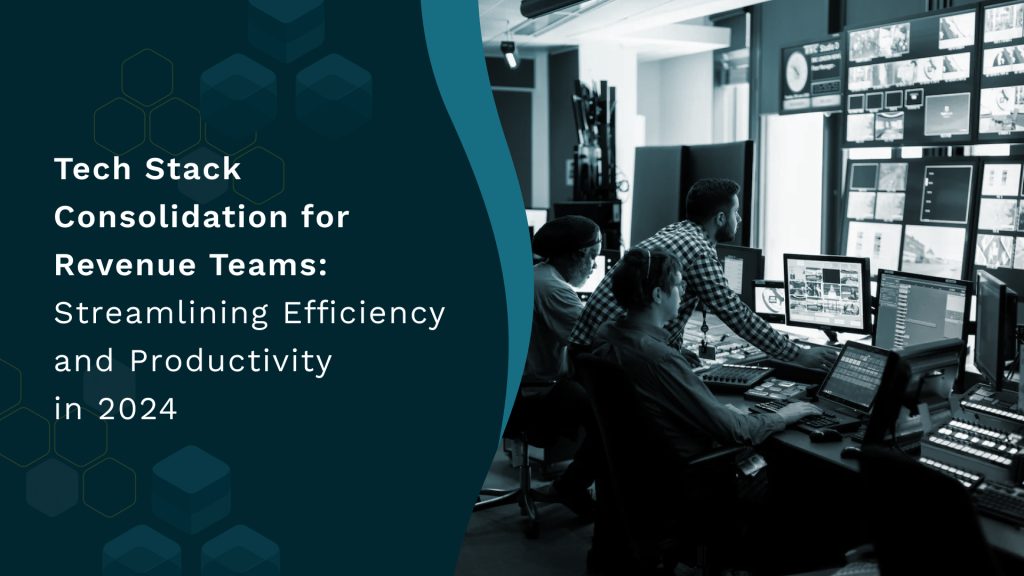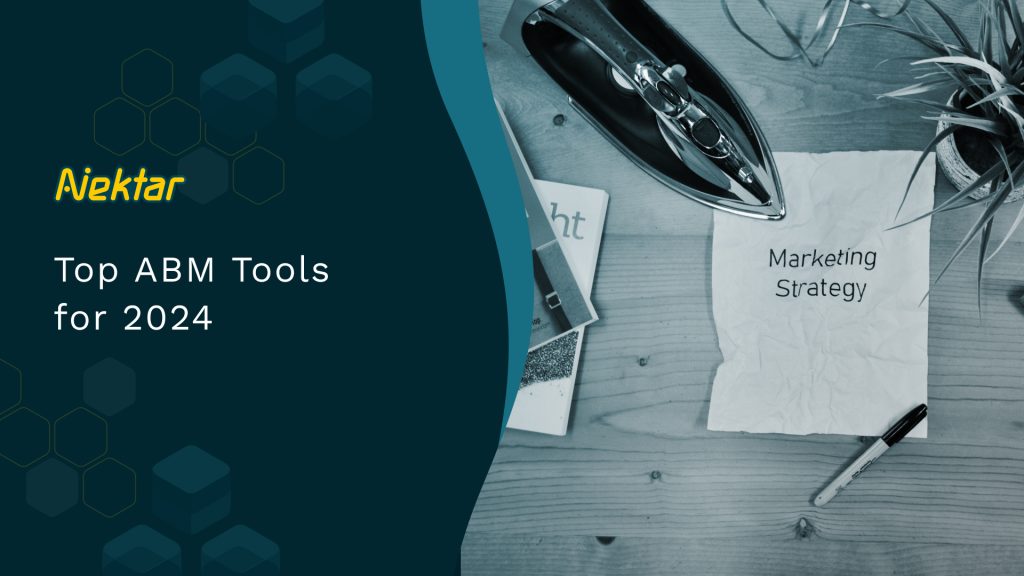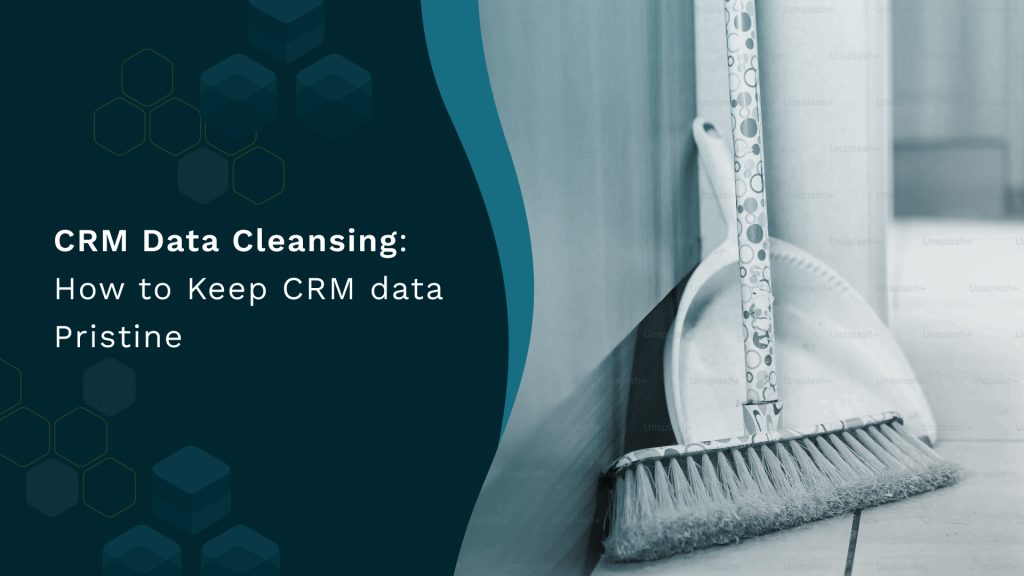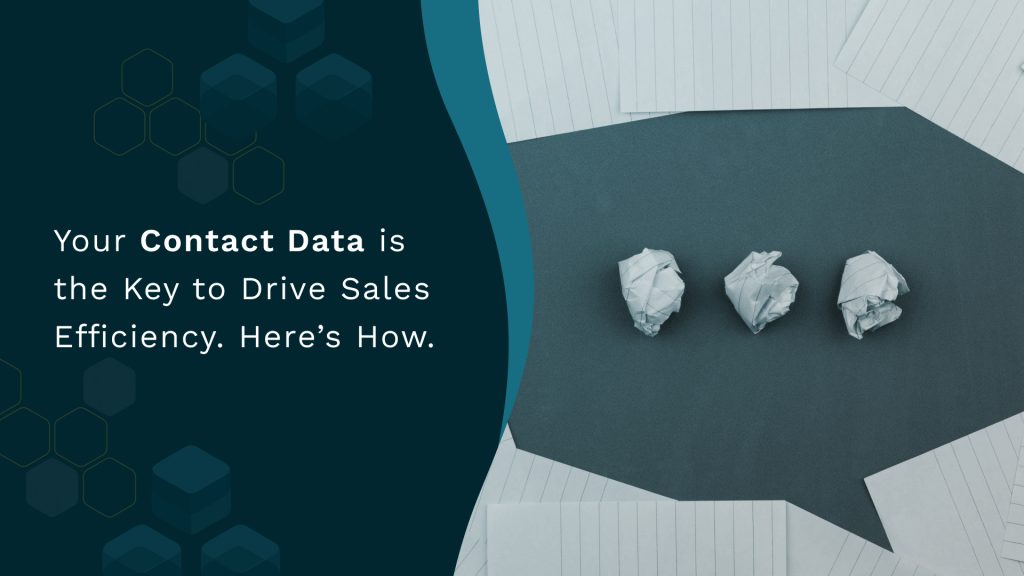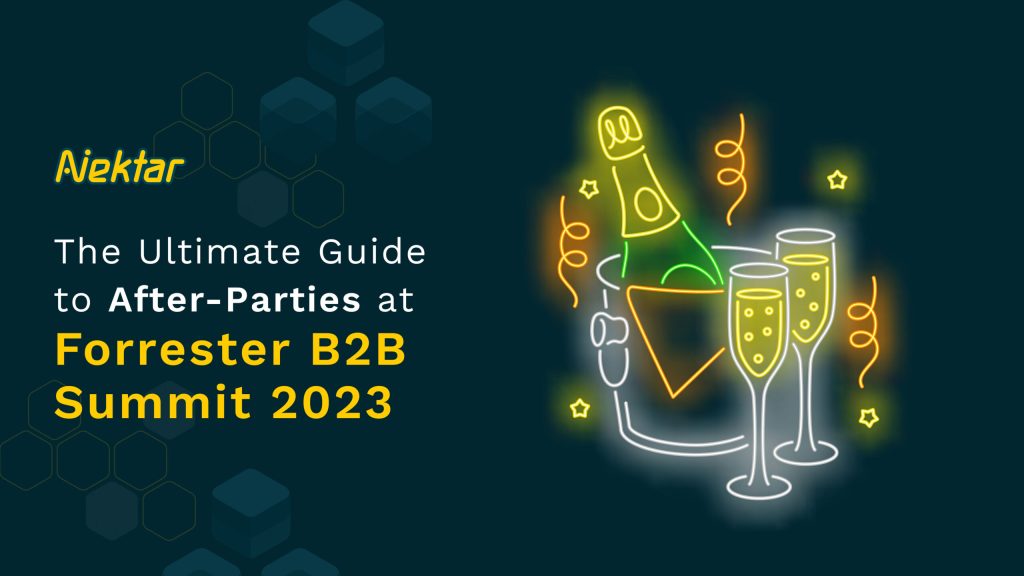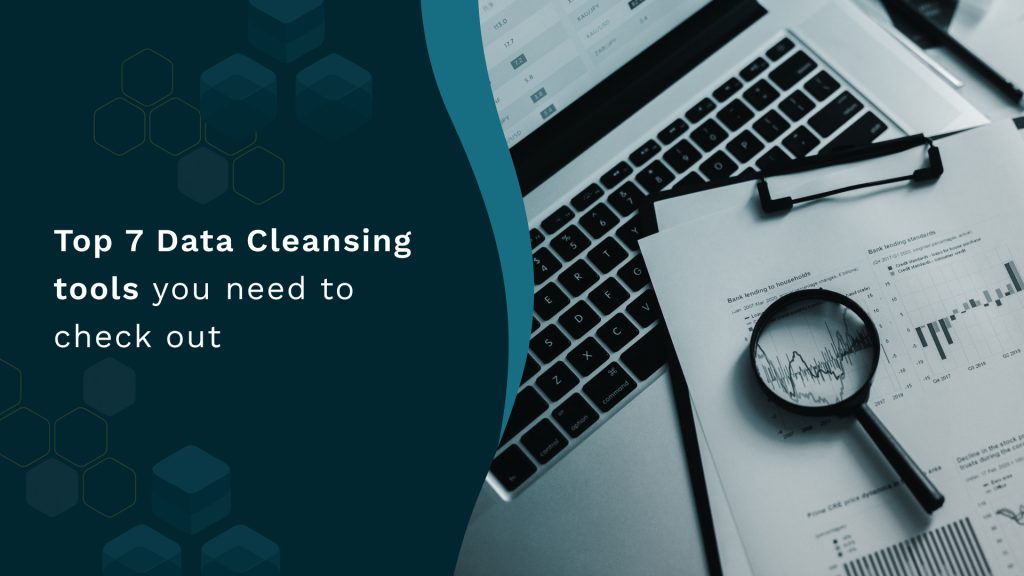What is Predictive Sales Analytics? Sales When it comes to weather forecasting, experts use historical weather patterns, current atmospheric conditions, and advanced technology to predict future weather. They anticipate whether it will rain, snow, or be sunny. The better their data points are, the better their predictions. Similarly, Predictive Sales Analytics examines past sales data, market trends, customer behaviors, and other factors to forecast future sales outcomes. This allows organizations to make informed decisions, allocate resources effectively, and tailor their sales strategies, much like how people adjust their plans based on the weather forecast to ensure a smooth day ahead. Let’s have a detailed walkthrough. What is Predictive Sales Analytics? Predictive sales analytics uses data, statistical algorithms, and machine learning techniques to forecast future sales outcomes and trends. The approach employs statistical modeling, data mining methods, and machine learning to detect patterns within diverse datasets. Predictive sales analytics studies historical sales data, customer behaviors, market trends, and other relevant factors, applying sophisticated mathematical models to forecast upcoming sales outcomes. Predictive sales analytics has several features, including: 1. Data collection and preparation The process begins by collecting relevant data from multiple sources. This can include historical sales data, customer interactions, website activity, marketing campaigns, and external market trends. The data is then cleaned and organized to ensure accuracy and consistency. The quality of the data directly impacts the accuracy of predictions. 2. Feature selection In this step, the most important variables, also known as features, are identified. These features can include factors such as time of year, customer demographics, purchase history, marketing channel, and economic indicators. 3. Model building Predictive models are built using statistical algorithms and machine learning techniques. These models use historical data to establish relationships between the chosen features and the target variable, which is typically future sales. 4. Training and testing The built model is then trained using a portion of the historical data. This training process involves adjusting the model’s parameters to minimize errors and improve accuracy. The model’s performance is evaluated using testing data that the model has not seen before. This step helps ensure that the model can generalize its predictions to new data. 5. Prediction and analysis Once the model is trained and validated, it is ready to predict future sales. It takes new data inputs, such as current market conditions and customer behaviors, and generates forecasts based on established patterns. 6. Actionable insights The predictions generated by the model provide actionable insights for businesses. These insights can include forecasts of future sales volumes, identification of high-potential leads, recommendations for optimizing marketing campaigns, and insights into product demand. 7. Iterative refinement Predictive sales analytics is an ongoing process. As new data becomes available, the model can be retrained and refined to improve its accuracy and relevance. This ensures that the predictions remain aligned with changing market dynamics. 8. Decision-making and strategy formulation Businesses use the insights from predictive sales analytics to inform their decision-making and shape their sales and marketing strategies. For example, they can allocate resources based on anticipated sales trends, tailor marketing efforts to specific customer segments, and optimize inventory management. Now that we have understood the process of predictive sales analytics, let’s have a look at the companies that are using this tool. Which Companies Use Predictive Sales Analytics? Predictive sales analytics is embraced by a diverse range of companies spanning various industries. These companies want to transform raw data into actionable insights, enabling them to anticipate customer behavior, allocate resources more efficiently, and make well-informed decisions. Let’s see how different companies across industries are using predictive sales analytics: 1. Retail Industry Retail companies use predictive sales analytics to forecast demand for products, optimize pricing strategies, and manage inventory levels. This helps them avoid stockouts and overstocking, ensuring they meet customer demands effectively. 2. Financial Services Banks and financial institutions employ predictive sales analytics to assess credit risk, detect fraudulent activities, and make informed lending decisions. This results in reduced financial losses and improves the quality of loan portfolios. 3. Healthcare Sector Healthcare organizations leverage predictive sales analytics to predict patient trends and allocate resources efficiently. It aids in optimizing hospital operations, patient admissions, and resource utilization, ultimately leading to better patient care. 4. Technology Companies Technology firms utilize predictive sales analytics to analyze customer behavior and preferences, enabling them to tailor their products and services. This helps increase customer satisfaction and loyalty. 5. Manufacturing Sector Manufacturing companies apply predictive sales analytics to optimize supply chain processes, anticipate equipment maintenance needs, and enhance production efficiency. This minimizes downtime and maximizes productivity. 6. Automotive Industry Automotive companies use predictive sales analytics to anticipate market demand for specific vehicle models, allowing them to adjust production and marketing strategies accordingly. 7. Telecommunications Telecommunication companies employ predictive sales analytics to analyze customer usage patterns and predict churn rates. It helps them design targeted retention strategies and personalized offerings. 8. Hospitality and Travel Hospitality businesses utilize predictive sales analytics to forecast occupancy rates, optimize room pricing, and enhance guest experiences by tailoring offerings based on customer preferences. 9. Energy Sector Energy companies leverage predictive sales analytics to predict energy consumption patterns, optimize energy distribution, and plan maintenance activities for power infrastructure. 10. Consumer Goods Consumer goods companies apply predictive sales analytics to identify consumer trends, anticipate shifts in demand for different products, and optimize marketing strategies. 11. Real Estate Real estate firms use predictive sales analytics to analyze property market trends, anticipate property values, and optimize pricing strategies for rental and sales properties. 12. Pharmaceutical Industry Pharmaceutical companies utilize predictive sales analytics to forecast demand for medications, optimize inventory levels, and align production with market needs. With so many companies using predictive sales analytics, it is important to understand what it actually does? How does it affect processes, and why is it so important? Why Is Predictive Sales Analytics Important? Predictive analytics software can handle complex and demanding data processes behind the scenes, allowing sales professionals to concentrate on their core strengths. In simpler terms, predictive sales analytics assists sales professionals in transforming a potentially overwhelming volume of data into straightforward, comprehensible insights that serve the
